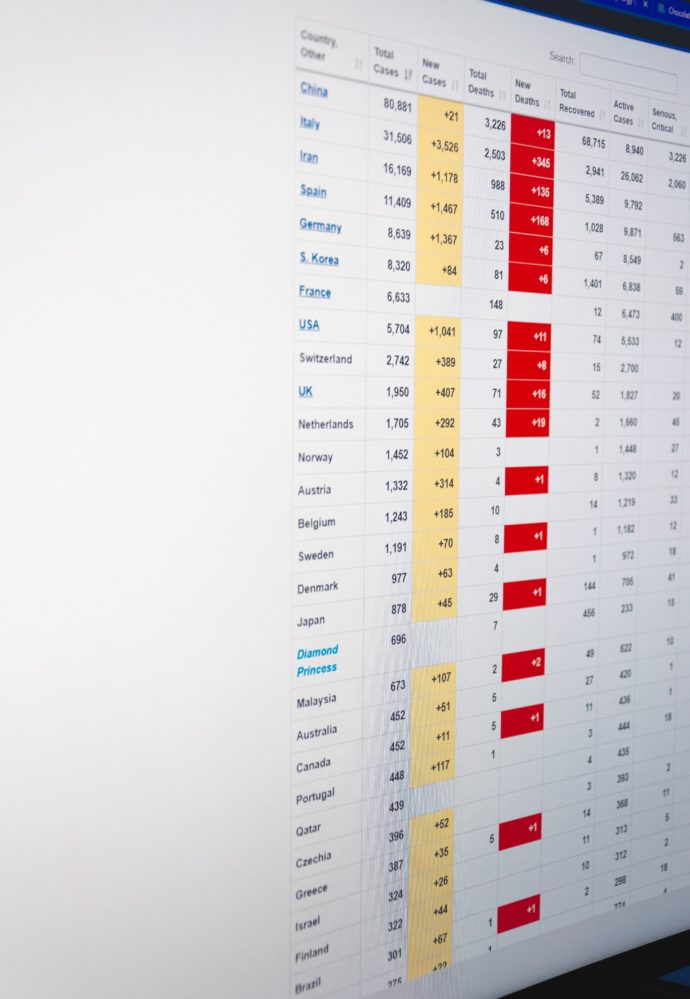Monday Roundup

The Wall Street Journal provides a roundup on the status of the front runners in the race for a safe and effective COVID-19 vaccine. “Nine of these have advanced into Phase 3, which tests whether the dose that would be given to the public works safely.” The Phase 3 candidates fall into one of the following three vaccine approaches
Genetic-code vaccines deliver specific genetic instructions teaching the body’s cells to make a protein from the targeted virus, which in turn induces an immune response. One type incorporates a synthetic, engineered version of messenger RNA, or mRNA. These are molecules in the body that ferry DNA instructions for making immune-inducing proteins. Other gene-based vaccines use DNA itself.
A virus-based vaccine uses a killed or weakened form of the targeted virus to induce an immune response.
Viral vector vaccines use a modified virus different from the targeted virus to serve as a carrier of the vaccine teaching the body’s cells to make a protein from the targeted virus.
Candidates at the Phase 2 trial level are also using a protein-based approach that “incorporates a protein from the virus, or something resembling it, that will trigger an immune response.” The more, the merrier, right?
With respect to other COVID-19 ramifications:
- Healthcare Dive discusses CDC surveys on the estimated 40% of Americans experienced a reduction in access to healthcare during the great hunkering down while Fierce Healthcare discusses how hospital systems are reacting to the drop.
- The Healthcare Dive article also points out a “”separate CDC RANDS survey found that nearly 37% of people said their provider now offers a form of telehealth, compared to about 14% who said it was offered before the pandemic” while Health Payer Intelligence discusses what it takes to for health plans to build upon the uptick in virtual care.
In other healthcare news:
- Fierce Healthcare reports on a new Aetna plan design for mid-sized and large employers in the Kansas City metropolitan area. “While the PPO plan will offer access to many regional providers, CVS’ HealthHubs and MinuteClinics are deeply embedded in the plan design, Aetna said.”
- The Health Care Cost Institute released a study of its voluminous health plan claims data finding that “commercial [health plan] prices paid for the average professional service were 122% of what would have been paid under the Medicare Physician-Fee-Schedule.” The report looks at this comparison from several different angles.
- Drug Channel analyzes GoodRx’s decision to make public stock offering. GoodRx offers prescription drug savings to consumers.
In follow up news:
- Federal News Network reports on another National Finance Center announcement hitting the brakes on its earlier announced plan to implement the President’s August 8 executive order permitting employers to defer payroll taxes for certain employees as early as the first paycheck in September.
- A Delaware Chancery Court judge, according to Fierce Healthcare, has decided that neither Anthem nor Cigna should receive damages as a result of the 2017 breakup of their planned merger. Hopefully that’s the end of this saga.













